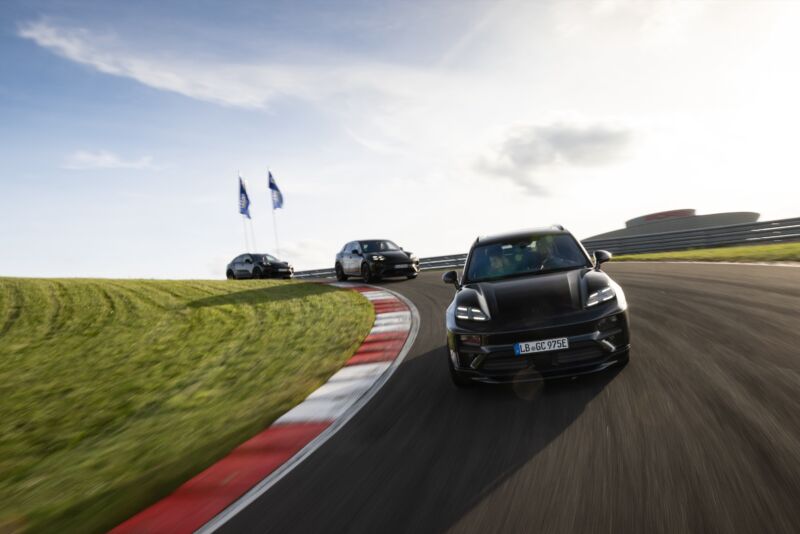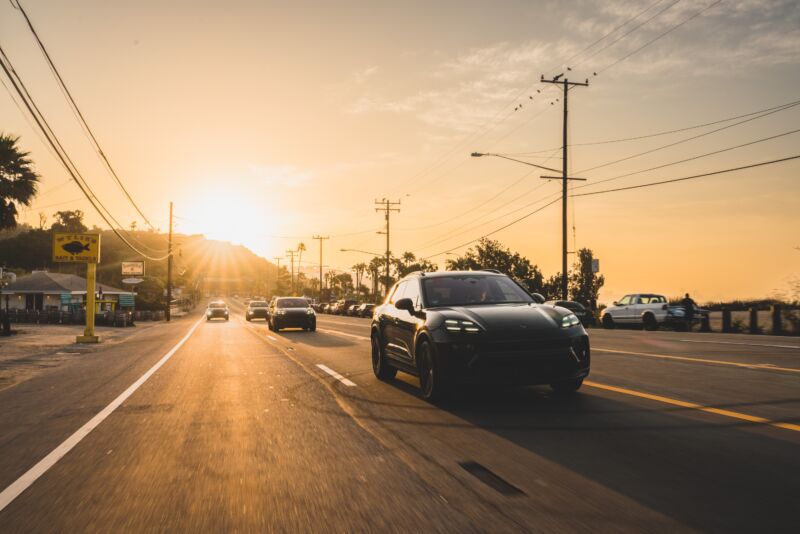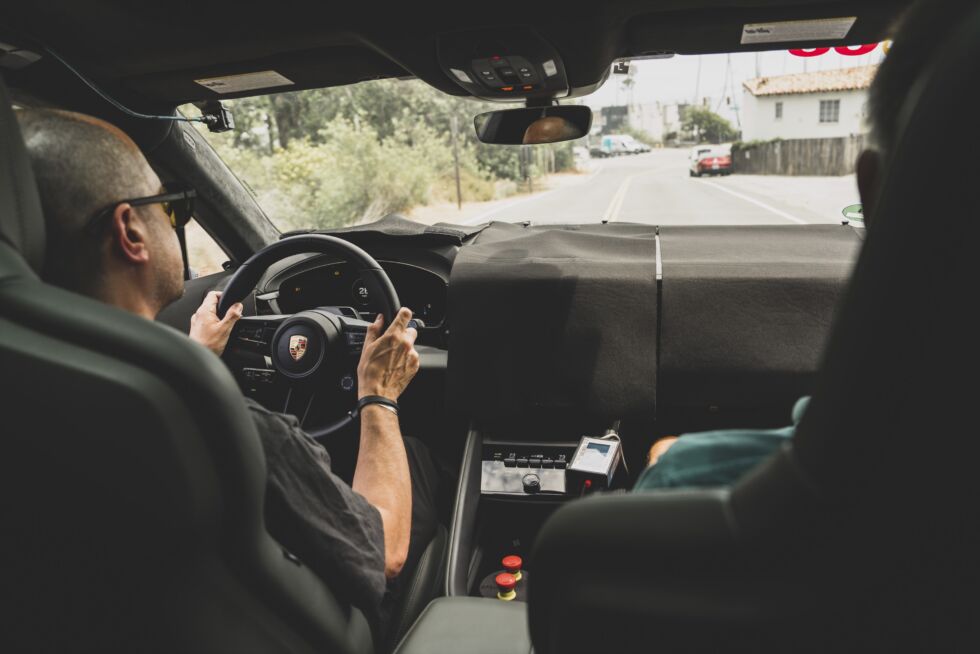-
 chevron_right
chevron_right
Here’s the production version of Porsche’s first electric Macan SUV
news.movim.eu / ArsTechnica · Thursday, 25 January - 12:30 · 1 minute

Enlarge / On the left, the 2024 Porsche Macan 4, on the right, the 2024 Porsche Macan Turbo. Both are electric. (credit: Porsche)
This morning, Porsche unveiled its next Macan SUV. It has dropped internal combustion engines in the process—the new Macan is entirely battery electric, built on a dedicated EV platform. We've been following the car's development for some time, but today's news fills in a lot of the gaps, and it's the first time we've seen the Macan not covered in camouflage. Porsche is launching with two specifications. There's a Macan 4 that starts at $78,800, and a Macan Turbo starting at $105,300.
Last year Ars took a dive into the engineering that has gone into the new Macan and its underlying architecture, a new platform called PPE or Premium Platform Electric. Developed together with Audi, it uses an 800 V powertrain that's an incremental improvement upon the one you'd find in a Porsche Taycan.
We also already know it's fun to drive , especially the Macan Turbo. Rear-wheel steering makes it very nimble, and the two-valve dampers do a good job of making you think the car weighs less than it does. The Macan 4 isn't a slouch and can send up to 402 hp (300 kW) and 479 lb-ft (650 Nm) to its wheels, so launching up a highway on-ramp to 60 mph should take 4.9 seconds.




